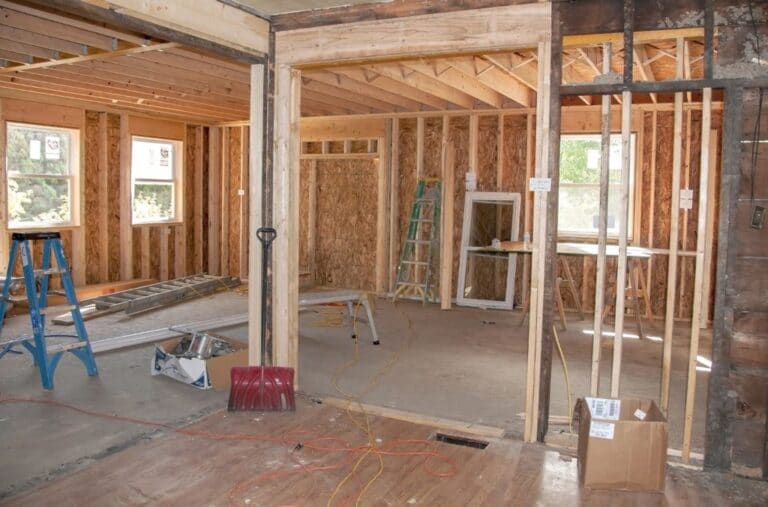
Although a good option for many fixer-uppers, FHA 203K Rehabilitation loans have some restrictions. One being that the seller of the property cannot do any of the renovations to the property as part of the transaction, often referred to as FHA Identity of Interest restriction. Read how one first-time home-buyer used a Fannie Mae HomeStyle loan to avoid FHA’s Identity of Interest restriction.
Dan was tired of apartment living. He was sick of noisy neighbors, limited parking and throwing away his money on rent every month. He wanted a fixer-upper, something where he could pick out the fixtures and flooring, really make it his own.
Dan found the right house after months of searching. It was a large ranch-style house on a nice, large lot. It was in an older neighborhood, which Dan liked because he knew it would be quiet and it would be a good house to someday raise a family in.
Dan’s realtor referred him to a loan officer who suggested a 203K Rehabilitation Loan. Because this was going to be Dan’s primary residence, he could qualify for additional money to fix up the house.
The problem was that the purchase contract contained a stipulation that the seller was to do the renovations. This made Dan ineligible for a 203K Loan, because the seller being the contractor is a conflict of interest under FHA guidelines.
Dan did not want to have to house-hunt again. It had been a long grueling process to find the right house for him.
Dan’s loan officer recommended a Fannie Mae HomeStyle loan. In addition to not having as strict requirements about the seller/contractor issue, this program also allowed Dan to borrow more money — up to 105% of the projected loan to value (LTV) ratio after renovations. Plus, he could have some of the money disbursed upon approval of the loan so renovations could begin.
Dan’s loan officer explained that the process does take a little longer than the 203K loan. Before his loan could be approved, he would have to submit a construction plan, which takes time to review and approve. The house would also undergo an inspection after the construction was complete before the final funds would be disbursed.
Dan spent a couple of days thinking it over. He went back online to see if any new houses in his price range had come on the market He didn’t see any that he liked as much as the one he had a contract on.
Dan decided to apply for the HomeStyle loan. Although this program had stricter credit scores and debt-to-income ratio requirements, Dan qualified for the loan. The loan officer worked with Dan from beginning to end to ensure that everything went smoothly from closing to final funding. They developed a construction plan, the loan got funded, and the seller started the renovations.
When it was all finished, Dan had the house of his dreams.
Are you a fixer-upper type of real estate investor? Great! Every town needs get-it-done people like you to revitalize and renew older neighborhoods. Let’s schedule a time to explore financing options that might be perfect for you.